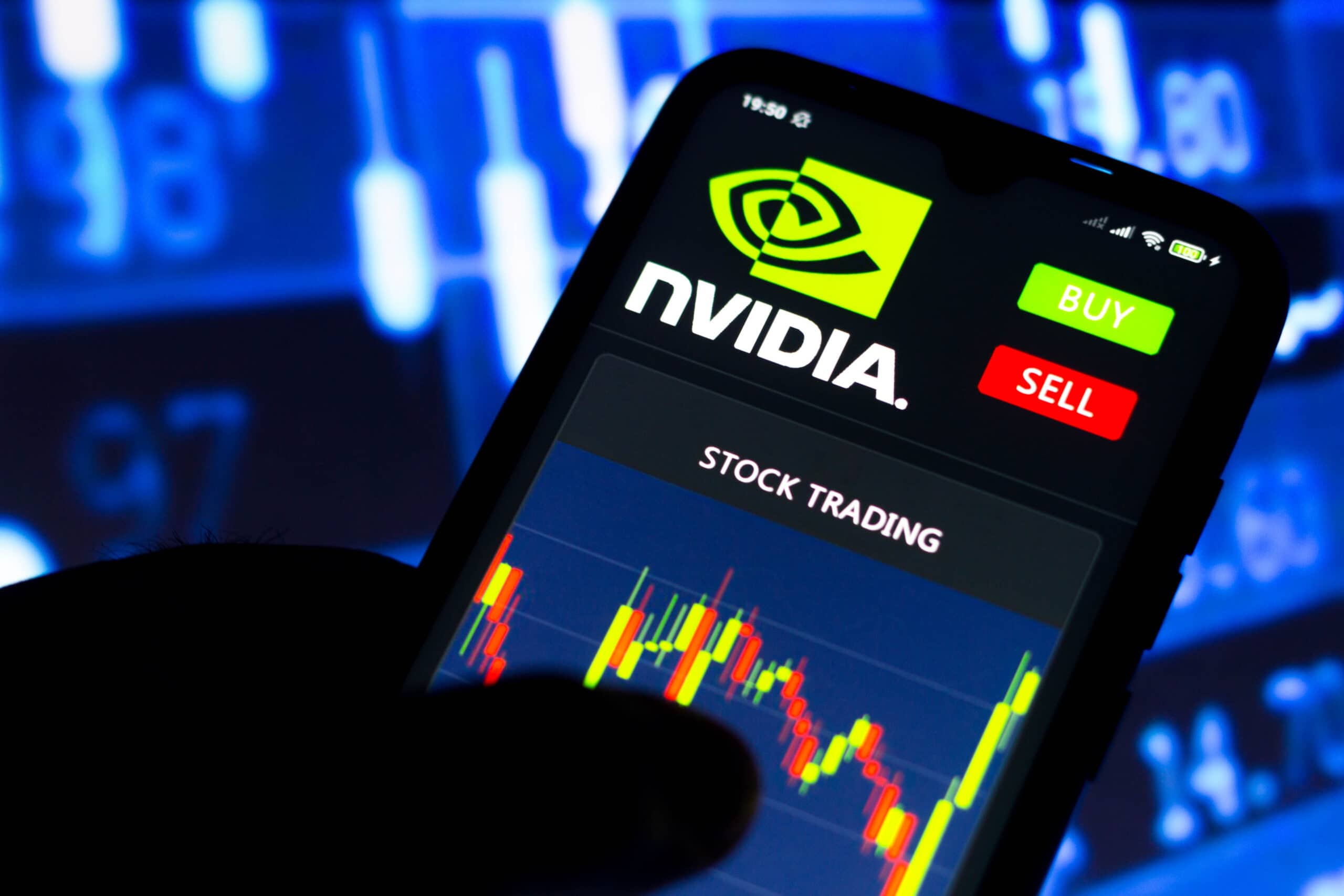

NVIDIA (Nasdaq: NVDA) shares briefly entered correction territory (more than a 10% decline from recent highs) earlier this week. On Tuesday, NVIDIA hit an intraday low of about $830 per share.
Yet, a series of upgrades on Wednesday and Thursday pushed NVIDIA shares back up, closing the week at $881.86. That’s a share price range still significantly above prices NVIDIA announced share splits in the past. With a stock split looking likely in the months to come, let’s dive into some research from Strategas Securities on the performance of companies after issuing splits.
Companies That Issue Stock Splits Tend to Outperform
Macro researcher Strategas Securities conducted a study on stock performance and found that stocks that issue splits meaningfully outperform the market in the months following their split.
| Days After Split | Stocks That Split Median Performance | S&P 500 Median Performance |
| 1 | 0.3% | 0.1% |
| 5 | 0.2% | 0.3% |
| 10 | 1% | 0.6% |
| 20 | 2.3% | 1.3% |
| 65 | 4.1% | 2.7% |
As you can see, stocks that split their shares see outperformance that culminates at 4.1% (versus the S&P 500’s median of 2.7%) after day 65.
It’s interesting to note that beyond NVIDIA, we could see a wave of stock splits throughout 2024. That’s because the average price of stocks in the S&P 500 has risen dramatically in recent years. Today, the average S&P 500 stock trades for $160 per share. Before the financial crisis in 2008, the average share price of stocks in the S&P 500 was just $40.
Within the AI space, beyond NVIDIA both Super Micro Computer (Nasdaq: SMCI) and Broadcom (Nasdaq: AVGO) are trading at levels north of $800 per share and could be stock split candidates in 2024.
Chipotle’s Split Could Be a Preview

When discussing stock splits, it’s important to note that splitting shares doesn’t fundamentally alter the value of a company. A 2:1 split of a stock that was trading for $100 per share simply means you’d instead have two $50 shares after the split.
However, stock splits do have positives that help explain why companies splitting their stock often outperform in the months ahead. The announcement of a split makes shares more accessible to retail traders (more liquidity) and it’s also something of a PR event.
Chipotle (NYSE: CMG) recently announced a 50:1 stock split and saw its share price rise 3.5% the following day as the announcement. In the long run, Chipotle believes that a cheaper share price will give it more flexibility in rewarding employees with share grants. In several studies, having a more motivated workforce with “skin in the game” through stock ownership has led to long-term stock outperformance.
An NVIDIA Stock Split is Likely Later this Spring

So, the two biggest takeaways are 1.) Stocks that split saw median outperformance over the S&P 500 of 1.4% in the 65 days after their split and 2.) Chipotle’s announcement of a split and following reaction (up 3.5% the next day) is likely the closest “preview” to a reaction to an NVIDIA split announcement.
As I’ve noted in the past, NVIDIA CEO Jensen Huang has discussed stock splits being a positive and it’s likely an announcement could come later this spring.
More News on NVIDIA
- NVIDIA vs. Broadcom: Stock Split Rivals Battling for the Future of AI
- 3 Excellent AI Stocks That Aren’t NVIDIA
- ARK CEO Cathie Wood Calls NVIDIA A Massive Bubble – Is She Right?
Sponsored: Find a Qualified Financial Advisor
Finding a qualified financial advisor doesn’t have to be hard. SmartAsset’s free tool matches you with up to 3 fiduciary financial advisors in your area in 5 minutes. Each advisor has been vetted by SmartAsset and is held to a fiduciary standard to act in your best interests. If you’re ready to be matched with local advisors that can help you achieve your financial goals, get started now.
Thank you for reading! Have some feedback for us?
Contact the 24/7 Wall St. editorial team.



